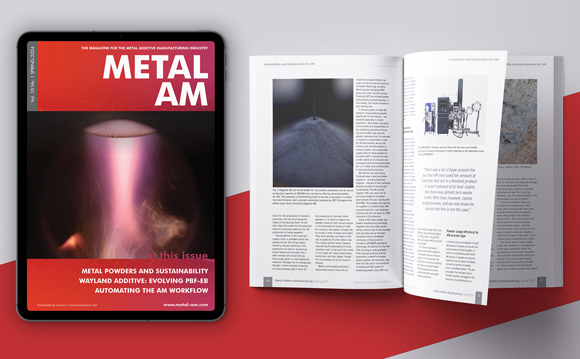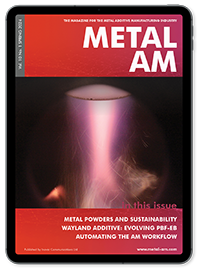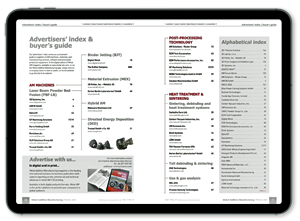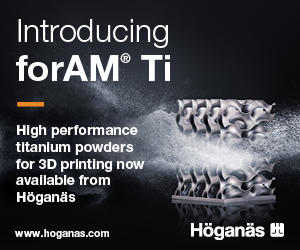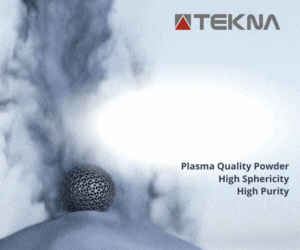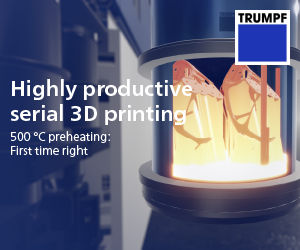ExOne and Pittsburgh University produce additively manufactured metal filters for reusable respirators
April 28, 2020
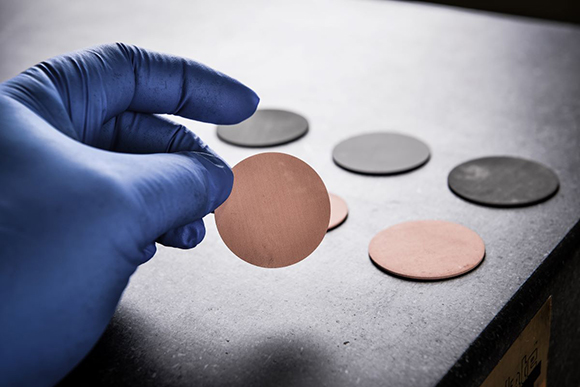
The ExOne Company, North Huntingdon, Pennsylvania, USA, has collaborated with the University of Pittsburgh, Pennsylvania, USA, to develop reusable porous metal additively manufactured filters that fit into a specially designed plastic respirator cartridge for sustainable, long-term protection against contaminants, such as coronavirus (COVID-19).
By utilising its Binder Jetting technology, ExOne states that it has additively manufactured respirator filters in two metals, copper and 316L stainless steel, and a range of porosity levels for use inside a unique cartridge designed by the Mechanical Engineering & Materials Science department in the Pitt Swanson School of Engineering, part of the University of Pittsburgh. Initial testing for airflow and filtration efficiency is believed to be currently underway, and the filters are being optimised with the goal of adhering to an N95 respirator standard.
“Our team has been working urgently to expedite this promising and reusable solution for medical personnel on the frontlines of fighting the COVID-19 pandemic,” stated John Hartner, ExOne CEO. “Our customers routinely print porous metal filters for a variety of purposes, and we are confident that we’ll have a solution soon that can enable medical personnel to sterilise metal filters for repeated reuse, eliminating waste. Once approved, we can print these filters in a variety of sizes for respirators, ventilators, anesthesia masks or other equipment.”
“The advantage of binder jet 3D printing over other Additive Manufacturing methods for this filter application is the ability to utilise the porosity of the printed part and then fine tune it during the high temperature densification or sintering process to achieve optimum filtering and airflow performance,” explained Markus Chmielus, Associate Professor of Mechanical Engineering and Materials Science at the Swanson School.
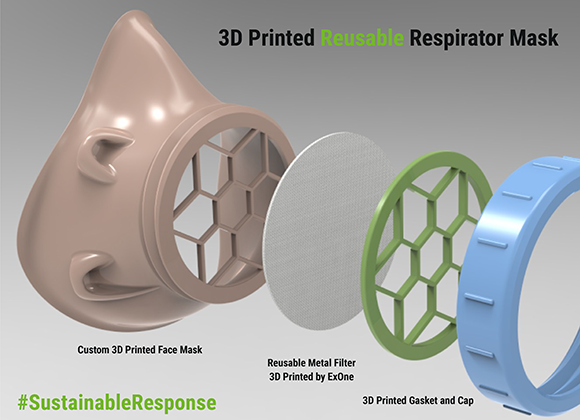
ExOne’s Binder Jetting technology uses an industrial printhead to selectively deposit a liquid binder onto a thin layer of powdered material, layer by layer, until a final object is formed. After additively manufacturing powdered metals, the object is then sintered in a furnace to dial in a specific level of porosity. While binder jetted metal is typically sintered to full density, some applications require a specific level of porosity, such as filters.
To test filters in different metals and porosities, Dr Chmielus’ research group is using CT scanners to analyse the microstructure and porosity of the filters. Ansys, a global leader in engineering simulation, also based near Pittsburgh, is providing additional computer simulation support to analyse and optimise the performance of the filters.
ExOne explains that while copper and stainless steel filters are currently being tested, copper has been recognised for its antibacterial properties for some time. The first recorded instance of using copper to tackle germs was in the Edwin Smith Papyrus, said to be the oldest known medical document in history, according to the Smithsonian. The company goes on to say that many studies have also proven copper’s disinfectant powers. One landmark 2015 study, funded by the Department of Defense, revealed that copper alloys contributed to a 58% reduction in infections and COVID-19 research also suggests the virus dies faster on copper than on other surfaces.



